Love learning new things and sharing them with you, so we’ve compiled an informative list of animals that can survive without food for the longest amount of time.
1. Cat — 2 weeks
Depending on the amount of water and food they initially consume and their overall health, a cat can last for 2 weeks without food.
2. Camel — 2 months
Camels use their humps to store fatty tissue which is usually used as a source of nourishment when food and water are scarce.
3. Great white shark — 3 months
A great white shark can eat 11 tons of food a year, and that’s a whole lot! Usually, when a great white shark eats a one-time meal, it could last for 3 months without eating again.
4. Bear — 3 months
Bears are often referred to as the great hibernators because they can go for more than 3 months without eating, drinking, exercising, defecating, or even urinating.
5. Emperor penguin — 3 months
The male emperor penguins are forced to withstand extreme Antarctic winter cold for more than 3 months whilst protecting their eggs — and they don’t eat anything during this time.
6. Humpback whale — 6 months
Humpback whales use their blubber to store extra fat whenever they feed during the summer which, in turn, allows them to go without food for 6 months.
7. Ball python — 6 months
Ball pythons snakes have a lower metabolic rate that can conserve energy well enough for them to go for a long period of time (6 months) without food. They simply use their conserved energy to survive.
8. Galapagos tortoise — 1 year
Galapagos tortoises have very large internal storage for water and they have a slow metabolism, helping them to survive without food for an entire year.
9. Scorpion — 1 year
Scorpions eat one-third of their body weight in just one meal. This alone helps them to slow down their metabolism and handle their nutrition, making it possible to last for a year without food.
10. Burrowing frog — 1 year
A burrowing frog can stay buried in mud for a year without food. They do this by conserving energy when there’s a shortage of resources after going through a period of torpor.
11. Crocodile — 3 years
Crocodiles preserve their energy by staying motionless, thus helping them to last for 3 years without food — after enjoying a good meal, that is.
12. Olm — 10 years
When food is scarce, olms reduce their metabolic rate and activity. They can also reabsorb their own tissue, helping them last for 10 years without food.
13. Tardigrade — 30 years
A tardigrade goes into cryptobiosis, also known as a lowered metabolism. Their metabolism lowers to 0.01% of their normal rate and their water content can also drop to 1%. This makes them able to go without food for more than 30 years.


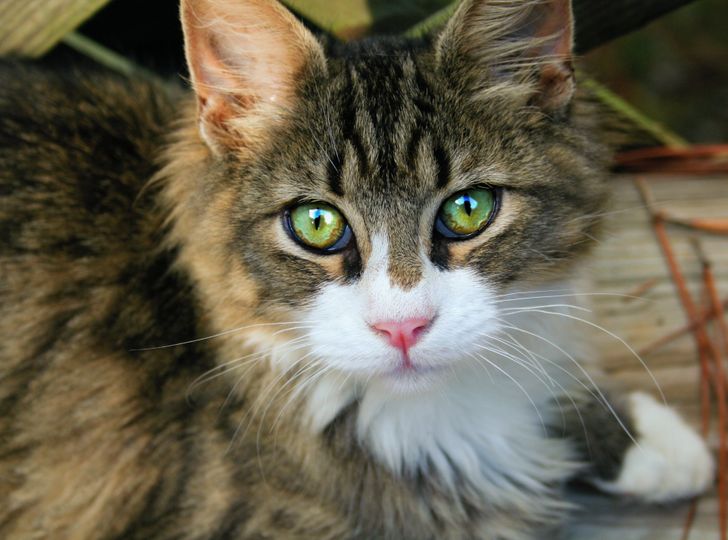
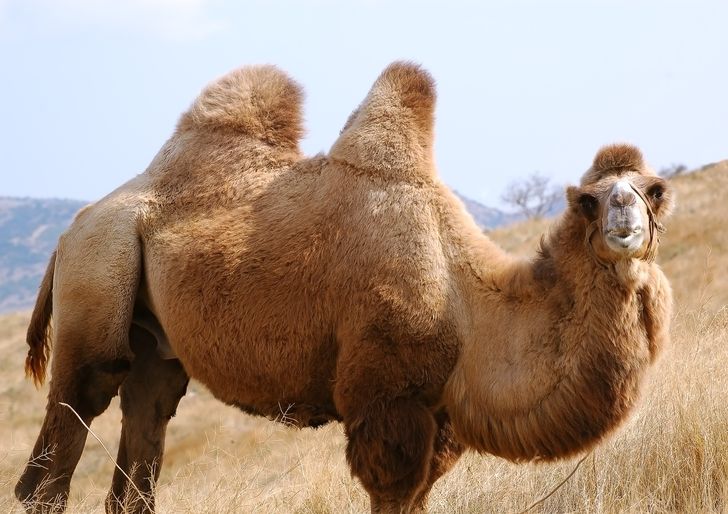
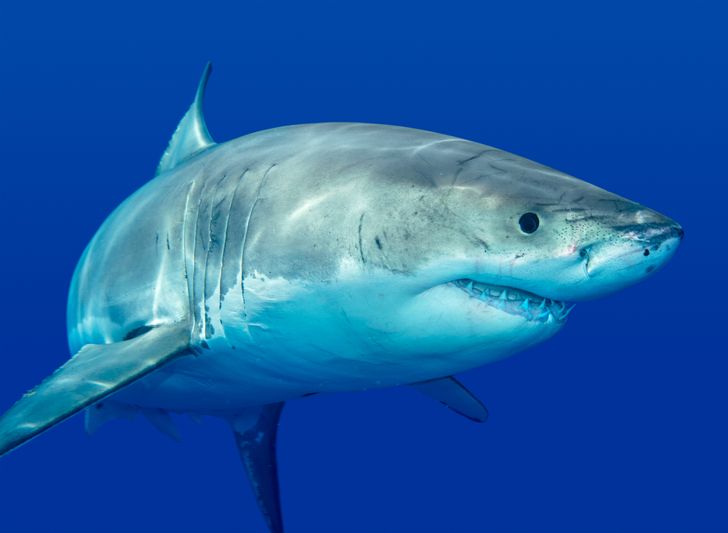
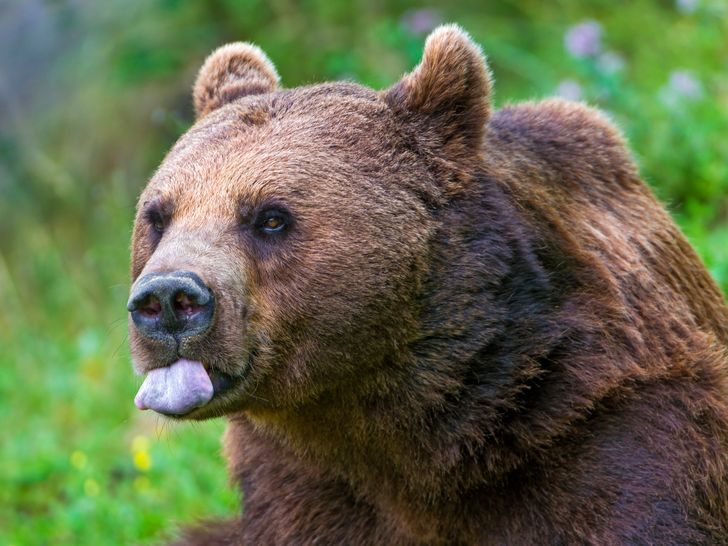
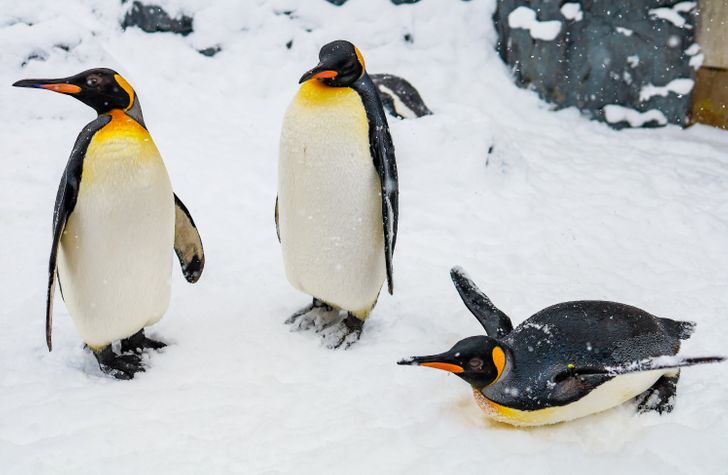
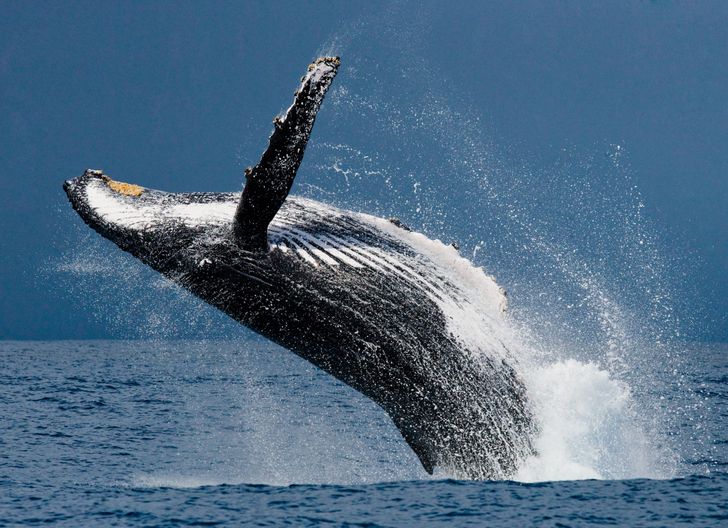
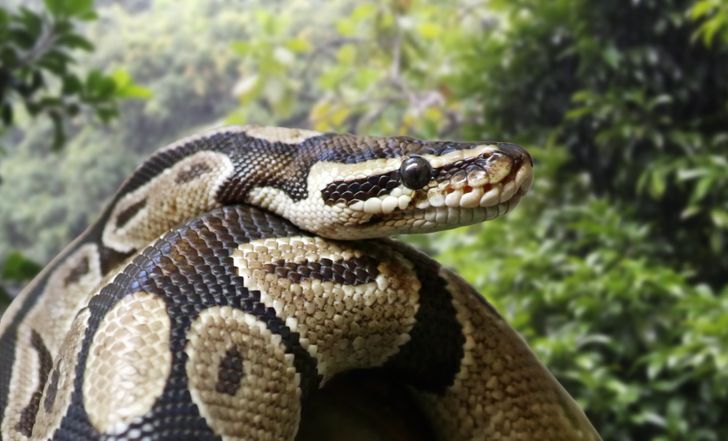
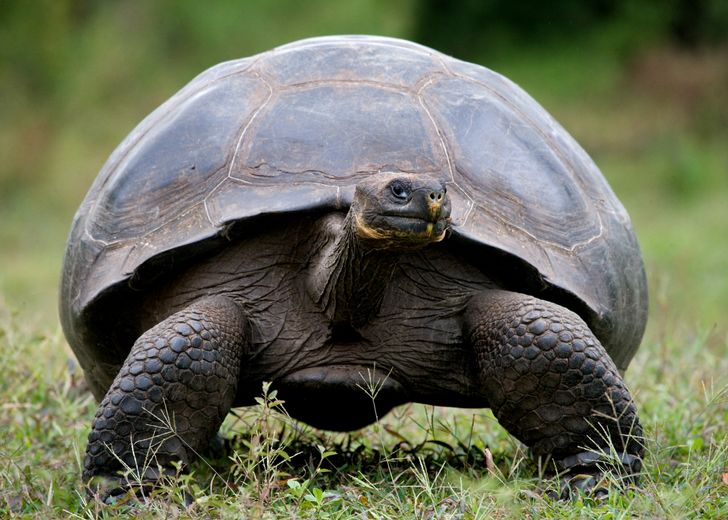
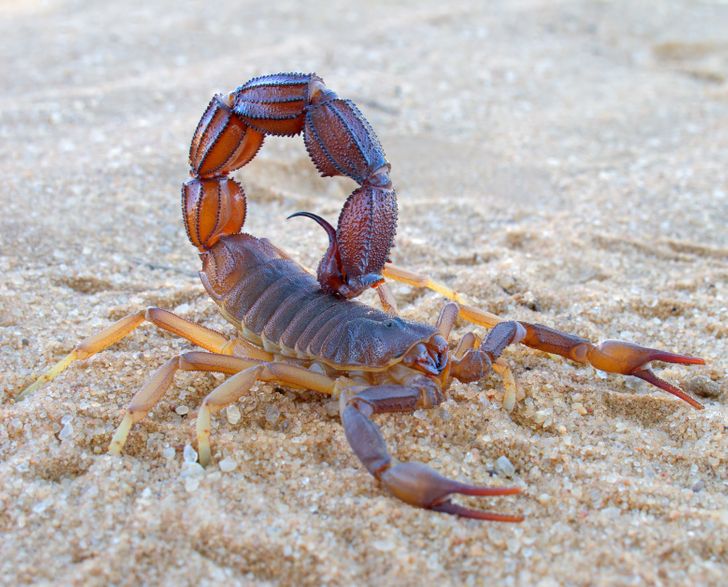
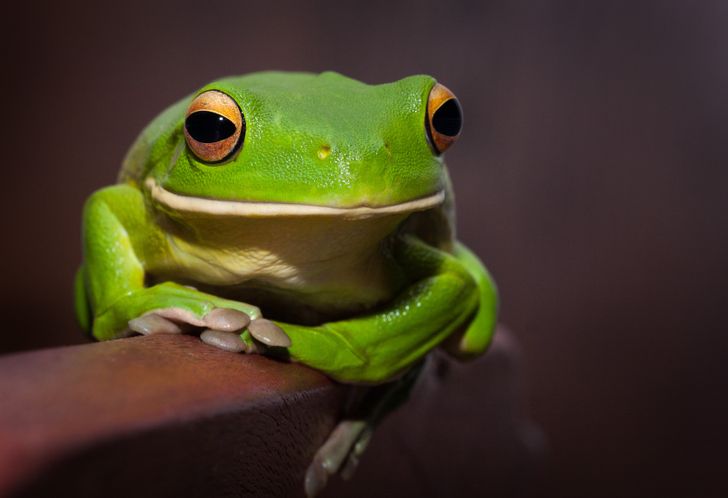
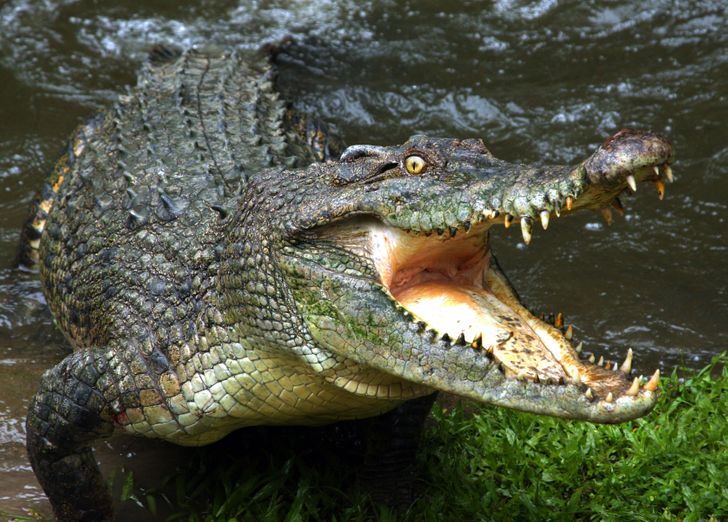
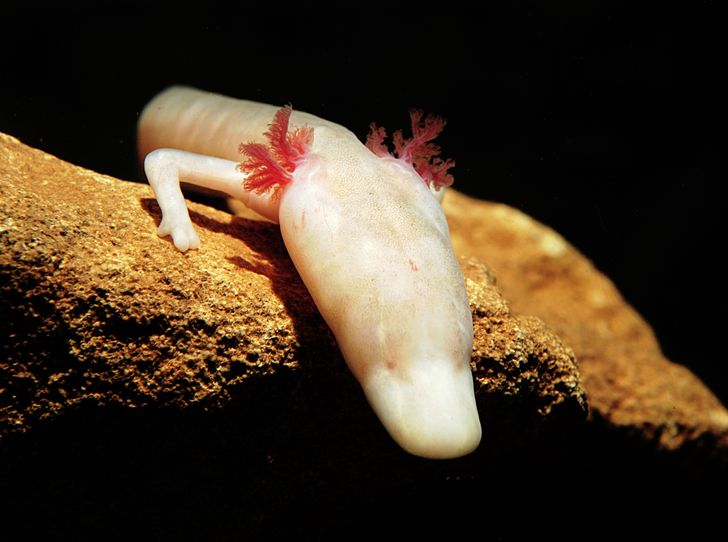
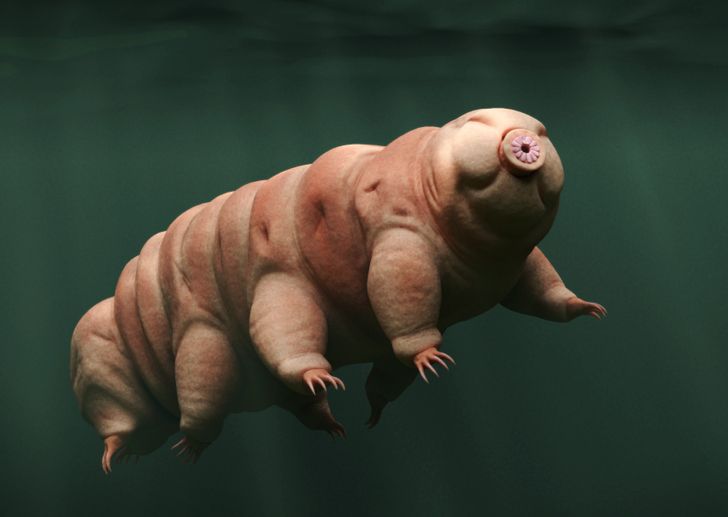



















No comments:
Post a Comment